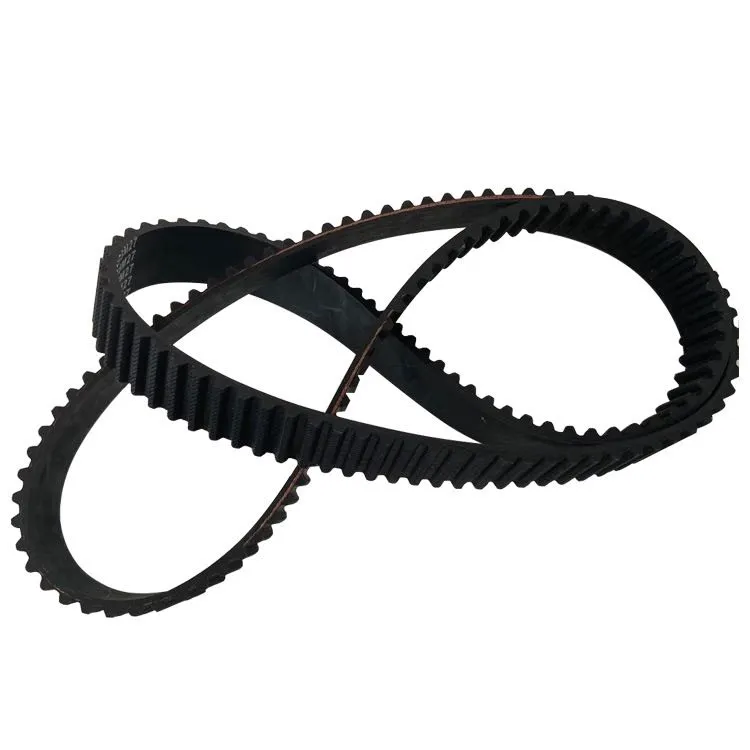- Arabic
- French
- Russian
- Spanish
- Portuguese
- Turkish
- Armenian
- English
- Albanian
- Amharic
- Azerbaijani
- Basque
- Belarusian
- Bengali
- Bosnian
- Bulgarian
- Catalan
- Cebuano
- Corsican
- Croatian
- Czech
- Danish
- Dutch
- Afrikaans
- Esperanto
- Estonian
- Finnish
- Frisian
- Galician
- Georgian
- German
- Greek
- Gujarati
- Haitian Creole
- hausa
- hawaiian
- Hebrew
- Hindi
- Miao
- Hungarian
- Icelandic
- igbo
- Indonesian
- irish
- Italian
- Japanese
- Javanese
- Kannada
- kazakh
- Khmer
- Rwandese
- Korean
- Kurdish
- Kyrgyz
- Lao
- Latin
- Latvian
- Lithuanian
- Luxembourgish
- Macedonian
- Malgashi
- Malay
- Malayalam
- Maltese
- Maori
- Marathi
- Mongolian
- Myanmar
- Nepali
- Norwegian
- Norwegian
- Occitan
- Pashto
- Persian
- Polish
- Punjabi
- Romanian
- Samoan
- Scottish Gaelic
- Serbian
- Sesotho
- Shona
- Sindhi
- Sinhala
- Slovak
- Slovenian
- Somali
- Sundanese
- Swahili
- Swedish
- Tagalog
- Tajik
- Tamil
- Tatar
- Telugu
- Thai
- Turkmen
- Ukrainian
- Urdu
- Uighur
- Uzbek
- Vietnamese
- Welsh
- Bantu
- Yiddish
- Yoruba
- Zulu
Oct . 31, 2024 13:51 Back to list
Understanding the Importance and Types of Automotive Belts in Vehicle Performance
The Importance of Automotive Belts An Overview
Automotive belts are crucial components in the functioning of vehicles, playing an essential role in their overall performance and reliability
. These belts are primarily responsible for transferring power from the engine to various accessories, ensuring that everything operates smoothly and efficiently. Understanding the different types and functions of automotive belts can help vehicle owners appreciate their importance and recognize the need for regular maintenance.There are several key types of belts in automobiles, with the most common being the serpentine belt, timing belt, and V-belt. The serpentine belt, a long, winding belt, drives multiple accessories such as the alternator, power steering pump, and air conditioning compressor. Its design allows it to be more efficient than older systems that used multiple belts, thus simplifying maintenance and reducing weight.
The timing belt, on the other hand, serves a more critical role. It synchronizes the rotation of the crankshaft and camshaft, ensuring that the engine's valves open and close at the proper time during each cylinder's intake and exhaust strokes. A malfunctioning timing belt can lead to significant engine damage, potentially costing thousands of dollars in repairs. Thus, vehicle manufacturers generally recommend replacing the timing belt after a certain number of miles or years to prevent catastrophic failure.
automotive belts

V-belts, although less common in modern vehicles, are still found in many older models. They typically drive individual components like the alternator and water pump. V-belts have a distinct wedge shape that allows them to grip pulleys effectively, providing the necessary tension and power transfer.
One of the most critical aspects of automotive belts is their maintenance. Over time, belts can become worn or damaged due to exposure to heat, friction, and environmental factors. Cracks, fraying edges, or a loss of flexibility are signs that a belt needs to be replaced. Regular inspections during routine maintenance can help catch these issues early, preventing more severe problems down the line.
Additionally, understanding the symptoms of a failing belt can aid in timely intervention. For instance, if a vehicle experiences unusual noises such as squeaking or squealing, it could indicate that a belt is slipping or has become misaligned. Similarly, if the vehicle's performance begins to deteriorate, it could be due to a failing serpentine or timing belt affecting power transfer to crucial engine components.
In conclusion, automotive belts may seem like minor components in the grand scheme of vehicle operation, but their significance cannot be overstated. They play vital roles in power transfer and engine synchronization, affecting overall performance and reliability. Vehicle owners should prioritize regular maintenance and inspections to ensure the longevity of these essential parts. By staying vigilant about the condition of automotive belts, drivers can enjoy a smoother, more reliable driving experience while avoiding the potential cost of serious repairs.
-
Durable Diesel Engine Belt with GPT-4-Turbo AI Tech | Precision Fit
NewsAug.04,2025
-
High-Quality Tensioner Belt Pulley - Durable & Efficient
NewsAug.03,2025
-
Premium Timing Belt Factory | AI-Optimized Solutions
NewsAug.02,2025
-
Premium Custom V Belts Enhanced with GPT-4 Turbo AI
NewsAug.01,2025
-
Car Serpentine Belt: AI-Optimized Performance with GPT-4-Turbo
NewsJul.31,2025
-
Heat Joining Drive Belt | High-Durability Fusion Solution
NewsJul.31,2025

